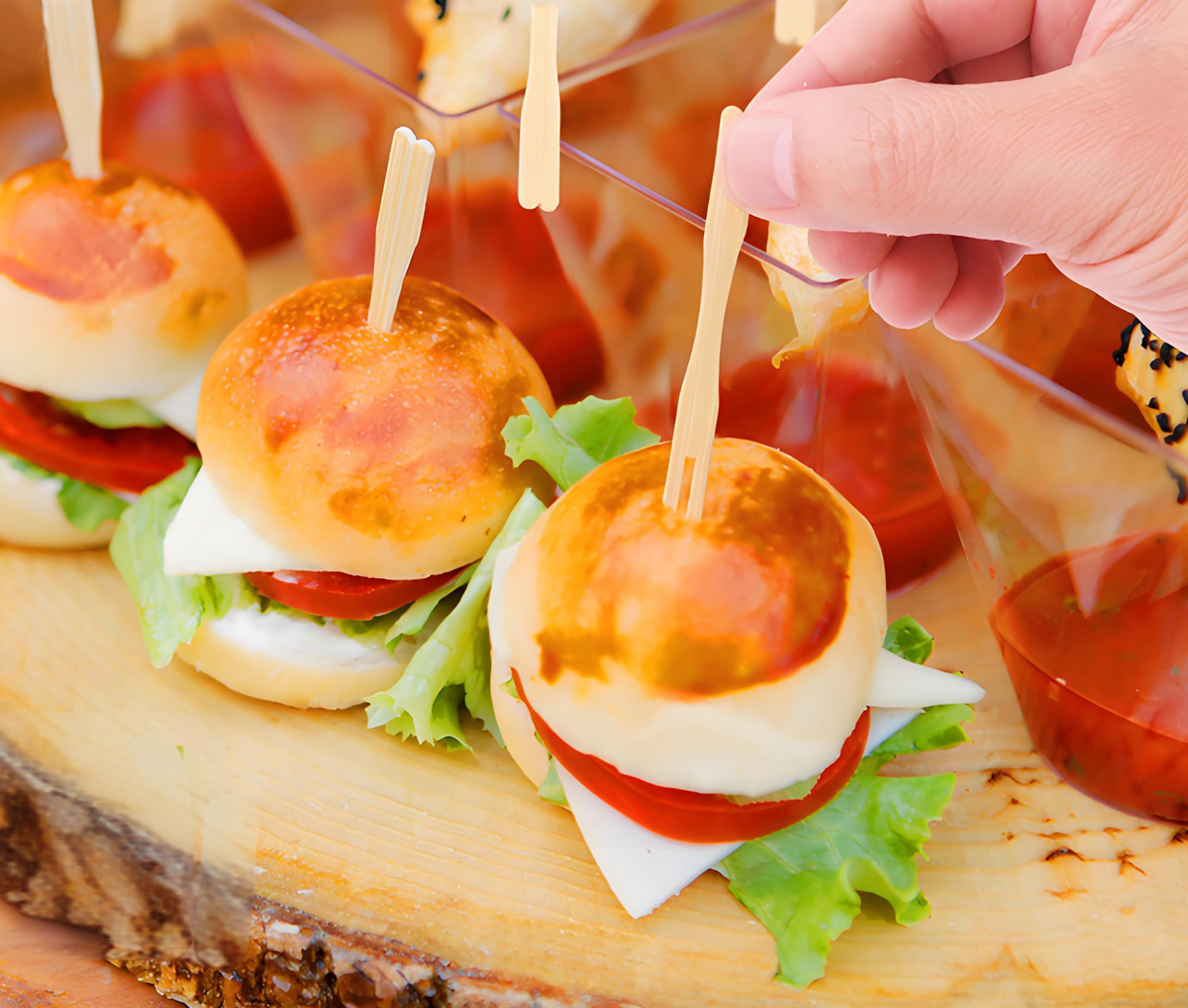
The difference between a dessert fork and a fruit fork lies primarily in their intended use and design. Here are some key distinctions:
Intended Use
Dessert Fork:
Specifically designed for eating desserts.
Often used in formal or semi-formal dining settings.
Suitable for handling items like cakes, pies, pastries, and other sweet treats.
Fruit Fork:
Primarily used for eating fruits.
Can be used in both casual and formal settings, depending on the occasion.
Often smaller and lighter than a dessert fork, making it easier to handle individual pieces of fruit.
Design
Dessert Fork:
Typically larger and heavier than a fruit fork.
May have a slightly wider and deeper tine (prong) structure to better scoop and hold dessert items.
Often has a more ornate or refined design, especially in formal settings.
Fruit Fork:
Smaller and lighter in size.
Tines may be finer and more delicate, suitable for piercing and holding fruits without causing excessive damage.
Design may be simpler and more functional, focusing on ease of use rather than ornate decoration.
Usage in Dining
Dessert Fork:
Placed to the right of the dinner plate or above it, depending on the dining arrangement.
Used after the main course and before coffee or tea.
Fruit Fork:
Can be placed either on the table alongside other forks or brought out specifically when fruits are served.
May be used in conjunction with a fruit knife for cutting larger fruits.
In summary, while both dessert forks and fruit forks are used for eating, their specific design and intended use differentiate them. A dessert fork is larger and more ornate, suitable for handling a variety of dessert items, while a fruit fork is smaller and more delicate, designed specifically for eating fruits.

